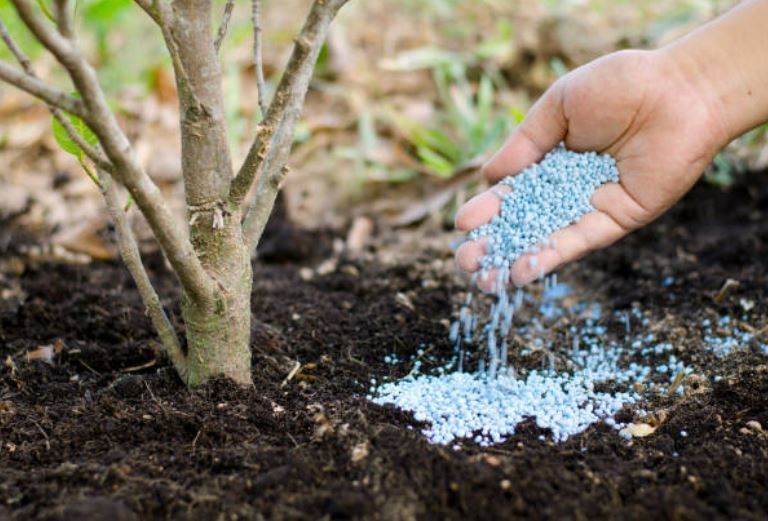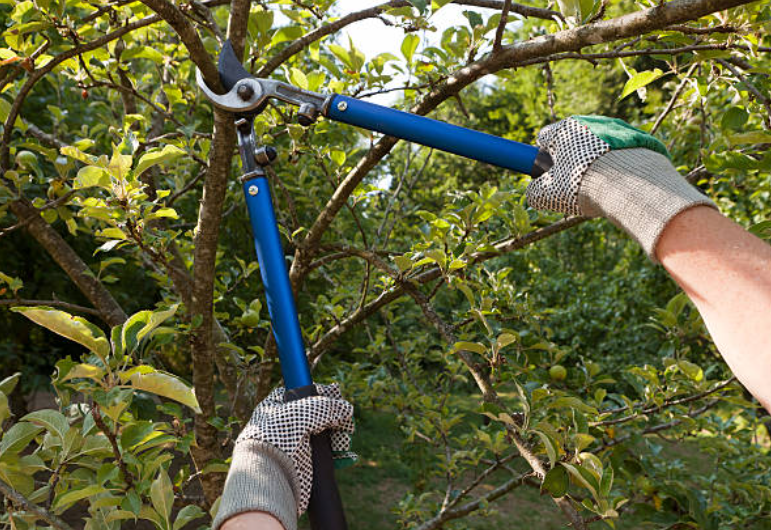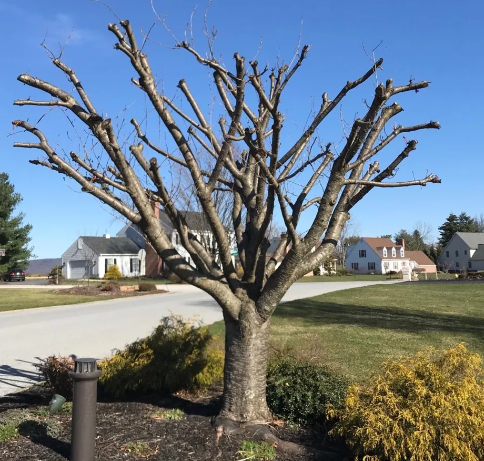Growing Strong: The Ultimate Guide to Knowing When Your Trees Need Fertilization
Trees are more than just beautiful additions to our landscape. They play a crucial role in our environment by providing shade, oxygen, and habitat for various species. Just like any living organism, trees require proper care to thrive and reach their full potential. One essential aspect of tree care is fertilization. Knowing when to fertilize your trees is key to ensuring their health, growth, and longevity. In this ultimate guide, we'll explore the signs that indicate your trees need fertilization and the optimal timing to provide them with the nutrients they need.
The Signs of Nutrient Deficiency
Trees, like all plants, require essential nutrients to grow and flourish. These nutrients, in cluding nitrogen, phosphorus, potassium, and various micronutrients, are usually present in the soil. However, over time, the soil's nutrient levels can become depleted due to various factors, such as weather conditions, soil erosion, and the natural growth processes of trees. When your trees lack these nutrients, they exhibit certain signs of deficiency that can serve as a clear indication that it's time for fertilization.
Reduced Growth
If you notice that your trees' growth has slowed down considerably, it might be due to a lack of nutrients. Stunted growth, shorter annual shoots, and smaller leaves are all signs that your trees need a nutrient boost. Nutrient deficiencies can hinder the development of new cells and tissues, leading to overall reduced growth.
Discolored or Yellowing Leaves
When tree leaves start to turn yellow or show signs of discoloration between their veins earlier than normal, it's often a sign of nitrogen deficiency. Nitrogen is crucial for the production of chlorophyll, the green pigment responsible for photosynthesis. Without sufficient nitrogen, leaves may take on a pale or yellowish hue, indicating an inability to produce enough chlorophyll.
Thinning Canopy
If your tree's canopy is becoming sparse, and you can see more sunlight filtering through than before, this could be a sign of nutrient deficiency. A healthy canopy indicates a well-nourished tree that is healthy and thriving. When nutrients are lacking, the tree might not have the resources it needs to produce a full, lush canopy. This can also eventually lead to a larger accumulation of dead branches.
Premature Leaf Drop
Trees that drop their leaves prematurely, especially outside their natural leaf-shedding season, might be struggling with nutrient deficiencies. Premature leaf drop weakens the tree's ability to photosynthesize and produce energy. If the tree cannot sustain its leaves due to insufficient nutrients, it will shed them prematurely to conserve energy with the hopes of a more nutrient rich growing season the following year.
Increased Susceptibility to Pests and Diseases
Trees that lack essential nutrients are more vulnerable to pest infestations and diseases. A weakened tree is less able to defend itself against invading insects or pathogens, making it more susceptible to various health issues. Bugs and insects can kill a tree very quickly, so it is important to identify if the true problem is pest so that it can be properly treated.
Delayed or Abnormal Flowering and Fruiting
If your tree's flowering and fruiting cycles are off, then it most likely will need a fertilization boost to help with the lack of nutrients it is receiving. Insufficient nutrients can disrupt the hormonal balance within the tree, affecting its ability to produce flowers and fruits at the right times.

The Optimal Timing for Fertilization
Recognizing the signs of nutrient deficiency is the first step, but knowing when to provide fertilization is equally crucial. Fertilizing at the right time ensures that your trees receive the nutrients they need to thrive. The timing varies depending on factors like tree species, soil conditions, and local climate.
Spring
Spring is a prime time for tree fertilization. As trees come out of their dormant phase and start new growth, they require a burst of nutrients to support their development. Fertilizing in early spring provides the necessary nutrients for vibrant leaves and strong root systems.
Fall
Late fall, before the ground freezes, is another suitable time for fertilization. Trees continue to grow their roots during the fall months, even when their top growth slows down. Providing nutrients during this time helps trees store energy for the upcoming winter and promotes early spring growth.
Avoid Fertilizing in Winter
It's generally best to avoid fertilizing your trees during the winter months. Fertilizing during this time can stimulate new growth that's vulnerable to frost damage. It's more effective to focus on fall and spring fertilization.
Consider Soil Testing
To pinpoint the specific nutrient deficiencies in your soil, consider conducting a soil test. Soil tests provide valuable insights into your soil's pH, nutrient levels, and composition, helping you tailor your fertilization approach to your tree's exact needs.
Conclusion
Trees are invaluable assets to our environment, providing a host of benefits that range from improving air quality to enhancing the aesthetic appeal of our surroundings. To ensure that our trees continue to thrive, it's crucial to pay attention to their nutrient needs and provide proper care, including timely fertilization. Recognizing the signs of nutrient deficiency and understanding the optimal timing for fertilizating your trees will go a long way in keeping your trees healthy, vibrant, and growing strong. It is always best to consult a local arborist to ensure the right type and amount of fertilizer s applied. By following the guidelines outlined in this ultimate guide, you'll be well-equipped to nurture your trees and contribute to a greener, more beautiful world.
You might also like

Book a Service Today
We will get back to you as soon as possible
Please try again later


